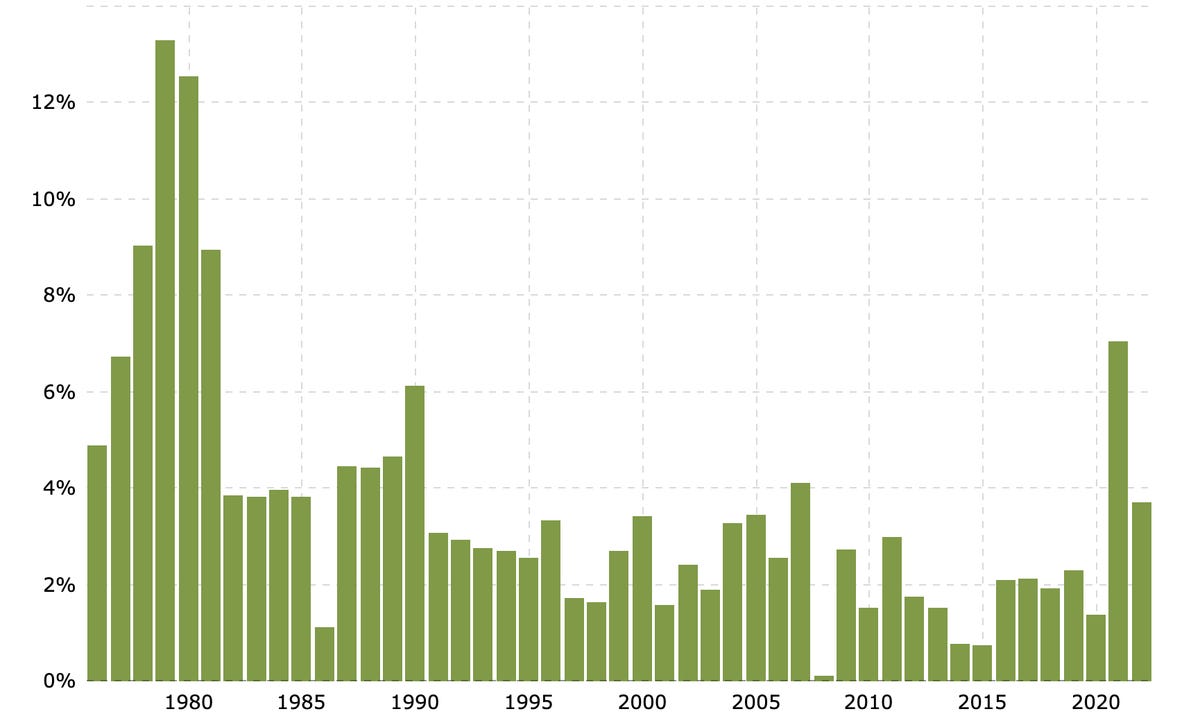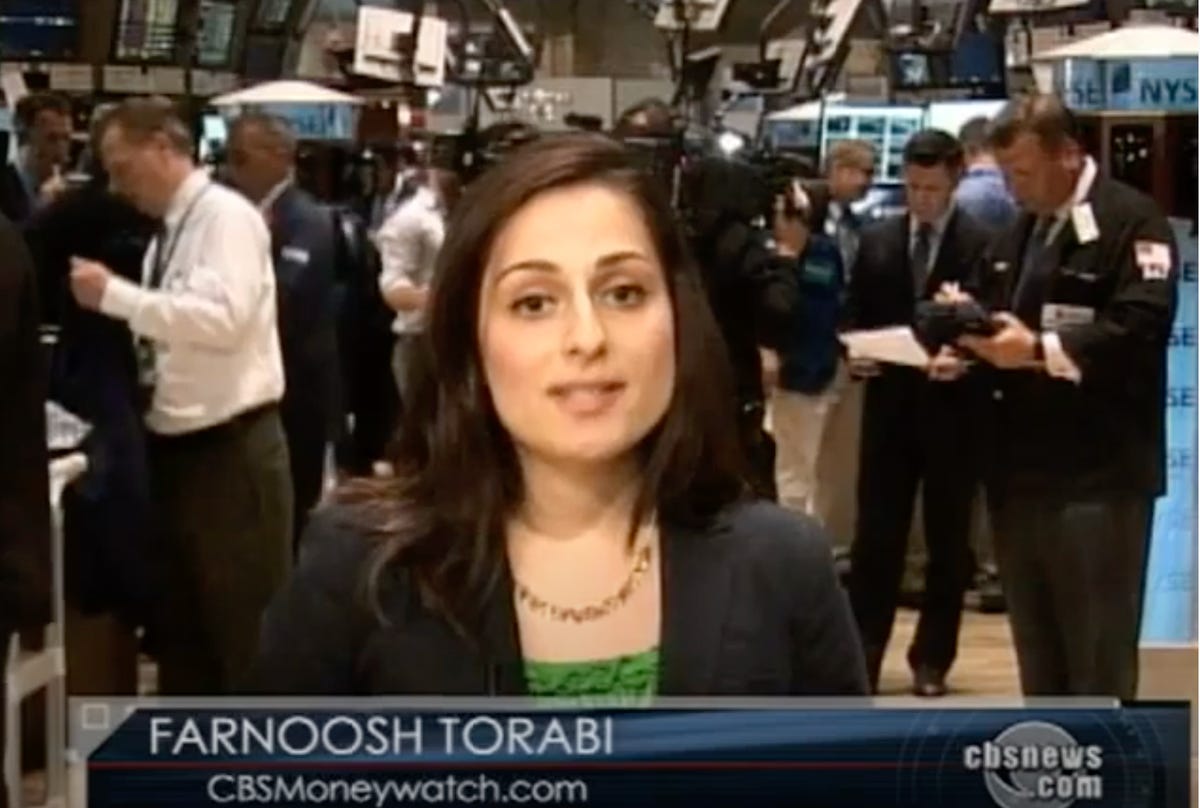
Apple's M1 Pro and M1 Max chips mean new trouble for Intel
A year ago, Apple announced it was taking on Intel's most efficient chips by introducing lightweight MacBook laptops powered by the M1, a homegrown processor. On Monday, the consumer electronics giant expanded its challenge, launching MacBook Pro laptops built around the new M1 Pro and M1 Max that take on Intel's beefier chips.
The new MacBook Pros bode well for Apple's attempt to take firmer control over its products. And they're bad news for Intel, whose chips Apple is ejecting from its Macs after a 15-year partnership. It's a loss of revenue, prestige and orders to keep its factories running at full capacity.
"Intel has completely lost the Mac and is unlikely to regain it any time soon," New Street Research analyst Pierre Ferragu said in a research note Tuesday.
Intel didn't lose this big customer overnight. The company that was once synonymous with consumer computers -- remember Intel Inside? -- fell on hard times because of difficulties upgrading its manufacturing. New CEO Pat Gelsinger has started an Intel recovery plan, including an effort to revitalize manufacturing progress. But turning around a behemoth requires patience.
Meet the Mac's new chips
Intel's troubles encouraged Apple to develop its own chip expertise and technology for computers. (It already designed its own A-series chips for the iPhone and iPad, and indeed the M-series chips capitalize on that investment.) The company's M1 processors, which came in last year's MacBook Air and low-end 13-inch MacBook Pro, were evidence it wanted to take control of its own future.
The M1 Pro and M1 Max demonstrate the company's increasing power as a chip designer. Both are designed for more capable models, the 14-inch and 16-inch Pros, geared for video editors, programmers and others with intense computing needs. The heft of the chips -- each of which sports eight performance and two efficiency cores, compared with the M1's four-by-four design -- is intended to sustain heavy work. They also come with much more powerful graphics processing power and memory, up to 16GB for the M1 Pro and 64GB for the M1 Max.
Miniaturization is what lets chip manufacturers economically squeeze in more transistors, a chip's electronic circuitry elements. The new M1 models are doozies of miniaturization, with 34 billion transistors in the M1 Pro and 57 billion in the M1 Max. That's how it could add special chip modules for graphics, video, AI, communications and security into its high-end MacBook Pros.
Intel's troubles
Intel, which for decades has led the world in chip technology, suffered for the last half decade as an upgrade to its manufacturing technology dragged on longer than the usual two years. The company's problem came as it tried to move from a 14-nanometer manufacturing process to 10nm, the next "node" of progress. (A nanometer is a billionth of a meter.)
Intel didn't respond to a request for comment. Apple didn't comment for this story.
Apple's chip foundry, Taiwan Semiconductor Manufacturing Co., took advantage of Intel's lag to the benefit of Apple, Nvidia, AMD and other Intel rivals. It now leads in electronics miniaturization and the all-important measurement of performance per watt of power consumed.
The result is the M1 Pro and M1 Max, which according to Apple's measurements are 1.7 times faster than Intel's current eight-core Tiger Lake chips, formally called 11th generation Core. Compared differently, the M1 Pro and Max consume 70% less power than the Tiger Lake chips at the same performance level.
Apple doesn't reveal which speed tests it uses, so the results are hard to validate at this stage. The consensus, however, is that the performance claims are valid in broad terms.
"I am overall impressed at what Apple has been able to do on the latest process from TSMC," said Patrick Moorhead, analyst at Moor Insights and Strategy. He estimates that Apple saves a few hundred dollars per laptop because it doesn't have to buy Intel processors, although it spends a lot of that money designing its chips.
Don't count Intel out yet
To be sure, Intel won't be hurt badly by the loss of Apple's business. The company has plenty of other business. The vast majority of Windows PCs still use x86 processors from Intel and AMD. And customers only rarely change from Windows to MacOS or vice versa.
It also doesn't have a lot of competition. Apple doesn't license its chips to others, and Qualcomm's efforts to sell processors to PC makers has been a limited success at best.
Intel mostly has to worry about AMD, which makes increasingly capable chips but still trails in market share.
Intel also has its Alder Lake processor, scheduled for later this year, and Meteor Lake processor, coming in 2023, to generate excitement. The chips will bring speed boosts in part by adopting a combination of performance and efficiency cores, just like the M1 does, and by adopting the new Intel 7 and Intel 4 manufacturing processes.
Still, Apple has taken wind out of Intel's sails. Intel may narrow the gap as its new chips hit the market. But in the meantime, Apple's M series could help it steal market share from Windows computers, Intel's stronghold.
Source









